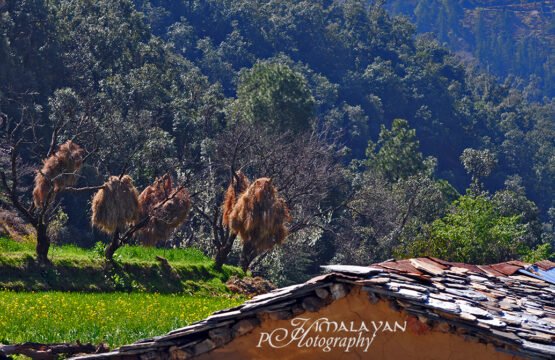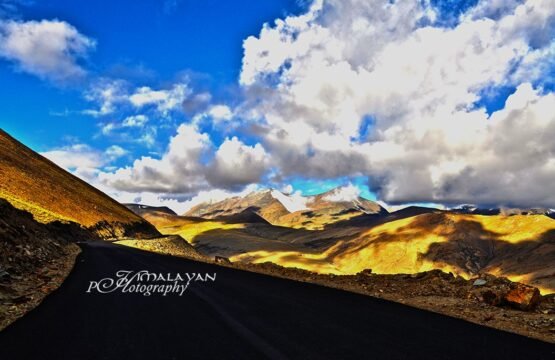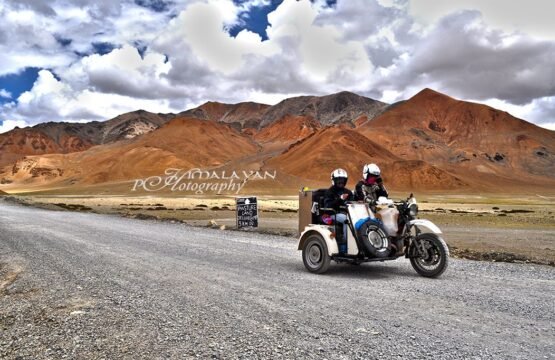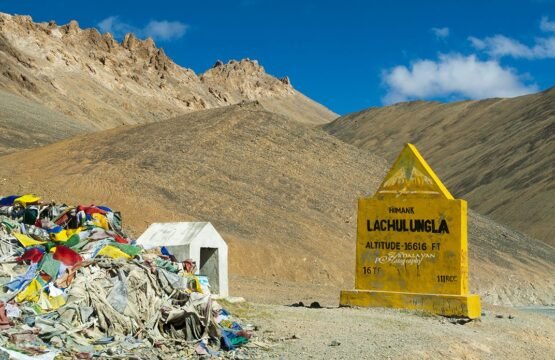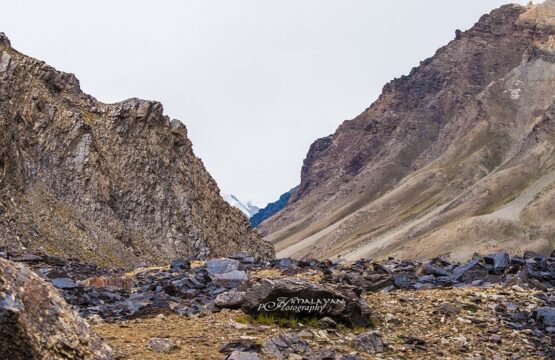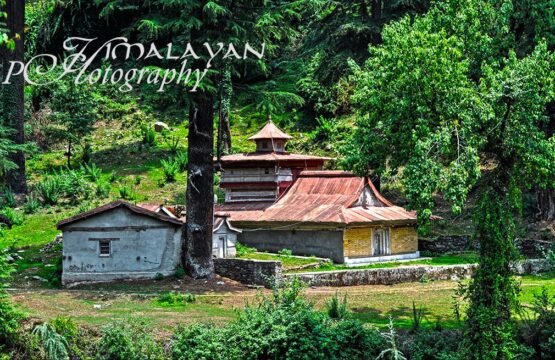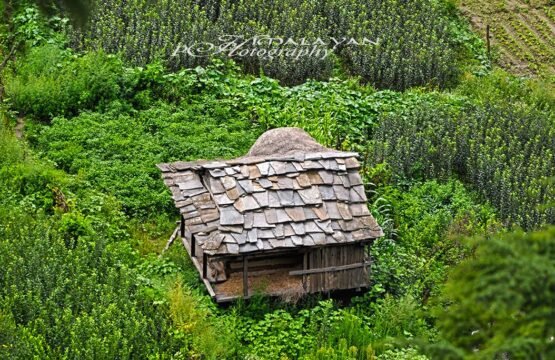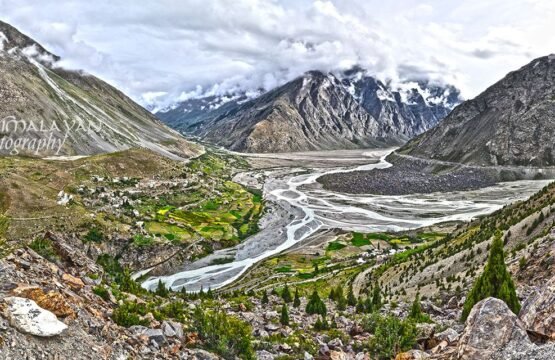
SCAPES
Beyond the Horizon
There is something endlessly captivating about a wide, open scene—untouched and vast, stretching far beyond what the eyes can hold. Whether it’s the dramatic rise of a snow-capped peak or the endless ripple of desert dunes, scapes—landscapes, seascapes, cityscapes—hold within them a quiet power. As a photographer who has wandered the highlands, coastlines, and concrete jungles for nearly two decades, I’ve found a deep connection in capturing these wide-angle stories.
Scapes are more than just pretty backdrops. They are living, breathing canvases—shaped by light, weather, and time. They evoke mood, memory, and movement, even in stillness. And in every image, there’s a story waiting to be told.
The Emotional Depth of Landscapes
Landscapes are emotional. A foggy morning in the hills carries a very different weight than a golden hour by the sea. I’ve often found that scapes don’t just reflect nature—they reflect us. The viewer. The photographer. They become mirrors of our inner world.
I remember standing on a cliff edge in Ladakh, wind howling, light softening into blue and violet hues, and feeling both infinitesimally small and deeply connected to everything around me. That moment didn’t need words—it needed a frame.
Capturing that feeling is where landscape photography becomes more than just a technical exercise. It becomes a form of expression.
Chasing the Light
If there’s one thing that defines a great scape, it’s light. I’ve chased it through Himalayan passes, waited hours on cold riverbanks, and set alarms long before sunrise—all for those fleeting minutes when light transforms the ordinary into the extraordinary.
The golden hour, the blue hour, the post-storm clarity, or even the haunting greys of an overcast day—each offers a different voice to the landscape. Understanding and respecting that voice is what brings soul to the frame.
Light isn’t just what we see; it’s what we feel. And when it hits just right, everything aligns—the mood, the color, the silence—and you press the shutter knowing you’ve captured something that will speak for years.
Composition in scape photography is both an art and a discipline. You’re not just pointing your camera at something big—you’re trying to make it speak. Whether it’s leading lines, natural framing, negative space, or scale through a human figure, every element must serve a purpose.
Often, I include a small silhouette—a person standing, a tent pitched, or even just a distant yak. It adds scale and emotion. It turns the landscape into a story. You’re not just showing a place; you’re showing an experience.
Sometimes the most powerful scapes are the quietest ones. A snow-blanketed plain with no footprints. A desert with only wind patterns on sand. Silence composed within four corners.
Gear Matters, But Vision Matters More
Over the years, I’ve used everything from DSLRs to mirrorless systems, wide-angle primes to telephoto zooms. But no gear can replace the eye or the intent behind it.
Scape photography isn’t about having the latest equipment. It’s about seeing. It’s about anticipation. Sometimes the best shot is taken with a basic lens but an inspired heart.
That said, I do often rely on certain tools: a sturdy tripod, ND filters for long exposures, weather protection, and a remote shutter release. But beyond all this, the most important gear I carry is time. Time to wait. Time to wander. Time to understand the scene before trying to capture it.


A photography venture by Sanjay Thakur, capturing life’s raw beauty—from majestic landscapes to intimate events. Himalayan Photography blends storytelling, emotion, and experience to create timeless, soulful visual narratives.
Quick Links
Get In Touch
-
himalayanphotography@gmail.com
anshulsimla@gmail.com - +91 89889 - 33330

